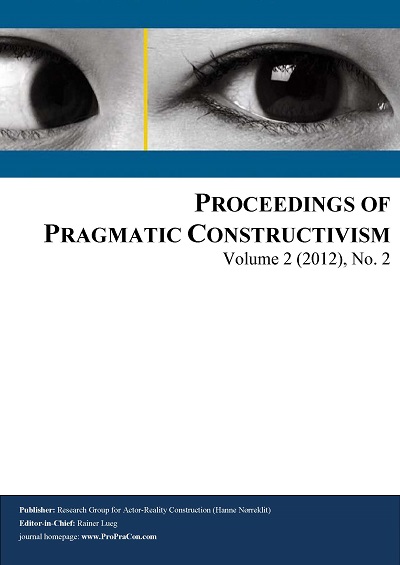The outsourcing decision-making process: two extensions to the management accounting toolkit
DOI:
https://doi.org/10.7146/propracon.v2i2.16681Keywords:
Outsourcing, decision-making, management accounting information, methodologyAbstract
In response to a lack of research, this paper explores the type of reasoning that companies use to structure their complex outsourcing decision and the procedures for producing relevant accounting information. Analyzing two manufacturing companies, we uncover two methods for structuring the outsourcing decision-making process and for determining relevant accounting information: an analytical method and an actor-based method rooted in pragmatic constructivism. The two cases show that both strategy and management accounting play an interrelated, crucial role in the decision to outsource. The article adds to the academic literature on calculative decision theory by accentuating the notion of ‘practice’ rational decision-making, where managers have to integrate sensing and reasoning into practical affairs. In practice, the results provide extensions to the management accounting toolkit since these cases can serve as inspiration for structuring the outsourcing decision-making process in similar situations.
Downloads
Published
How to Cite
Issue
Section
License
Previous and future use of the work
ProPraCon assumes the non-exclusive rights to publish and store the work of its authors, once they have consented to a publication. Since the rights to publish are non-exclusive, authors are free to re-use their work, e.g., to publish it in other media (as ProPraCon aims at publishing proceedings). Hence, it is explicitly allowed that works submitted to ProPraCon may be published in a somehow similar form in other media. Yet, submitting authors warrant that the work is not an infringement of any existing copyright and will indemnify the publisher against any breach of such warranty.
Permissions
By submitting work to ProPraCon, the authors declare that they have permission to use any content that has not been created by them. Specifically, when using tables, figures or excerpts of more than 400 words, it is expected that the authors…
- …obtain written permission of copyright for the use in print and electronic formats of any of their text, illustrations, graphics, or other material, in their work. This includes any minor adaptations.
- …acknowledge the original source in captions and in the reference list.





